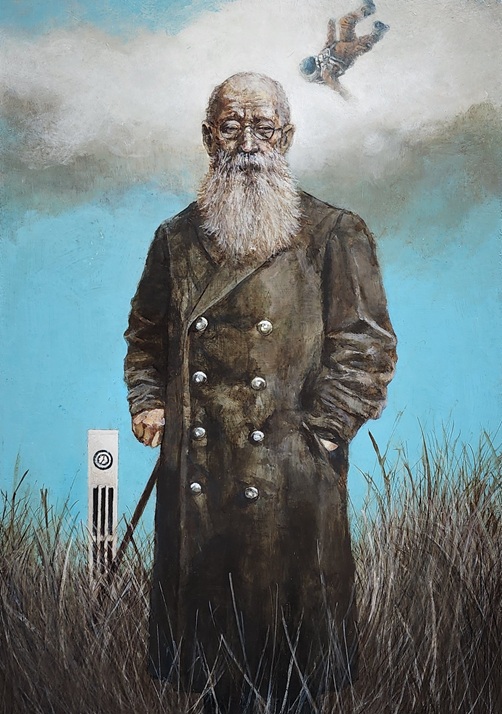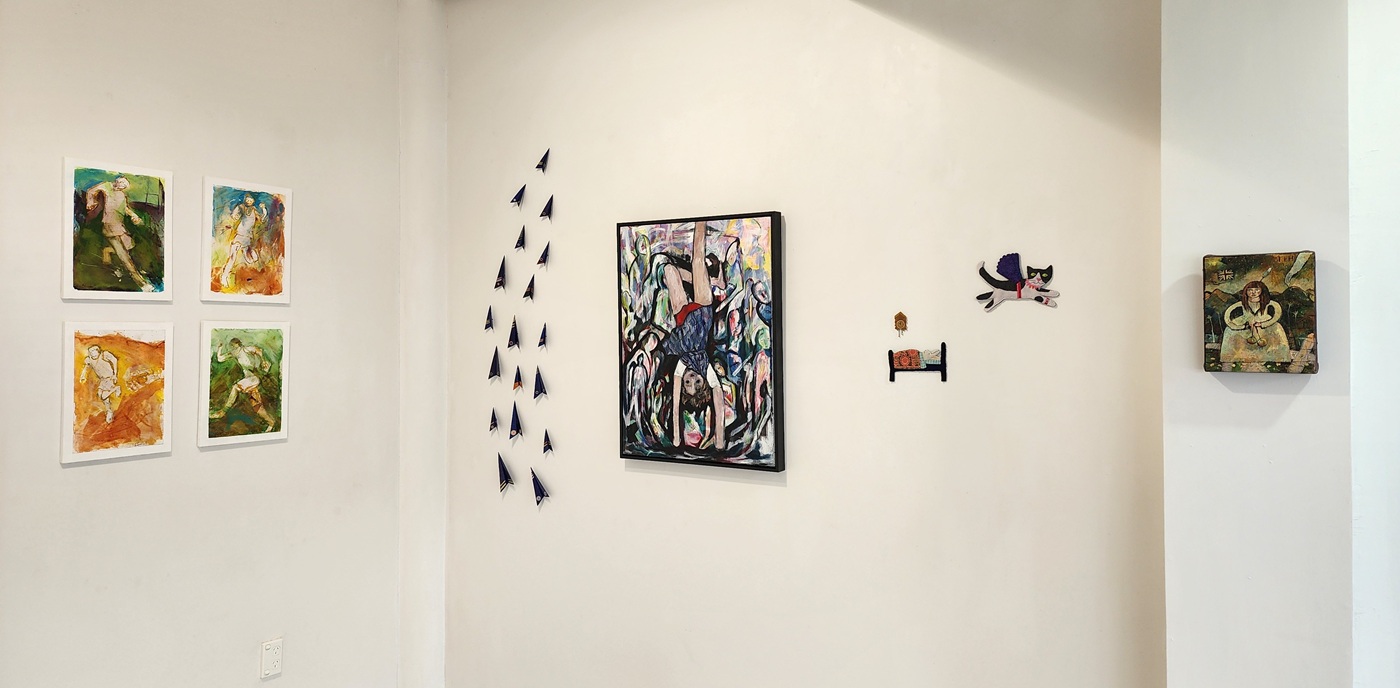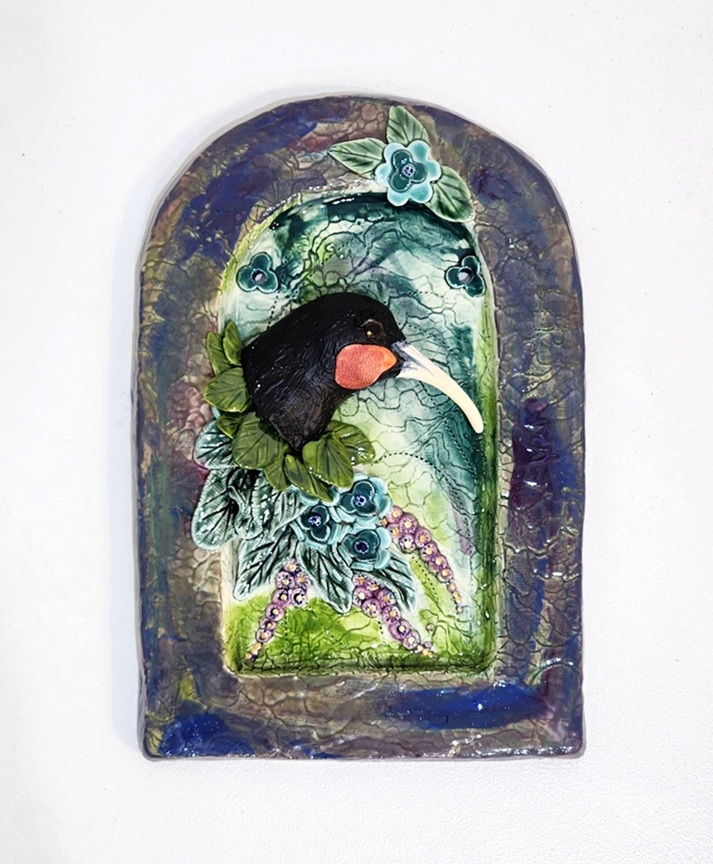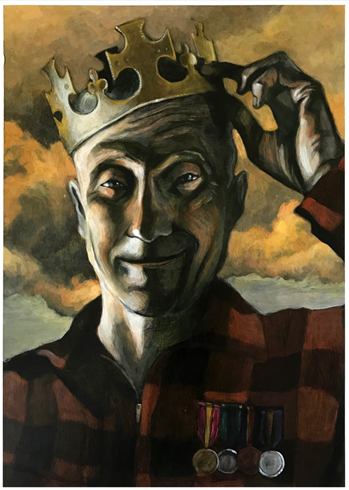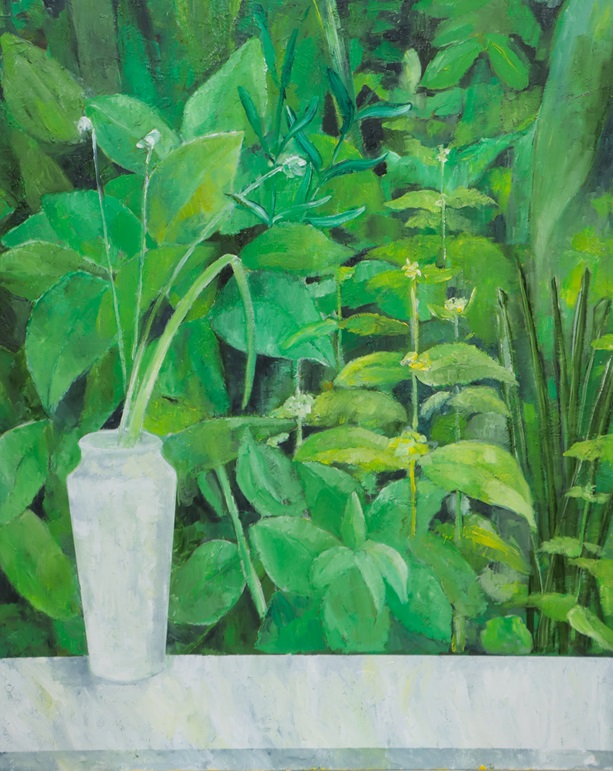Previous Exhibitions
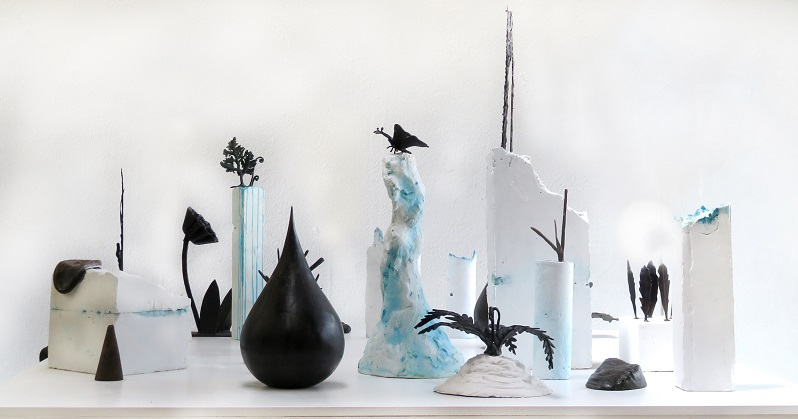
For the month of August 2016, ZIMMERMAN is featuring selected works from A Beautiful Destruction - your last opportunity to view the stunning sculptural installation and paintings that first featured in Fran Dibble’s 2016 exhibition at Te Manawa.
Artist’s commentary … on the inspiration for this exhibition:
“Two artists from entirely different realms were part of the springboard for this exhibition. The first is WM Turner (1775-1851), a painter who emphasised the destructive power of nature as a way of playing up human vulnerability. His depictions of natural catastrophes emphasised this – the violent power of the sea, shipwrecks and fires. And the spectacular sunset paintings, many produced in 1816, the “year without a summer” when high levels of ash were released into the atmosphere from the eruption of Mount Tambora. In Turner’s highly romanticized world nature triumphed with its beauty and the power it exerted.
The other influence is a contemporary artist, Adrian Villar Rojas (1980-) from Argentina, whose work I viewed at an exhibition in Stockholm. Rojas intentionally selects media for its temporary qualities, relishing the way the materials break down while being exhibited.
On this same trip through Scandinavia I visited the Råbjerg Mile, northern Europe’s biggest migratory sand dune that travels about 15 metres a year, several kilometres from the coast, a peculiar phenomenon, like a strange desert in the middle of farmland which it moves around destroying.
This exhibition, A Beautiful Destruction, seeks to convey a sense of the awe and beauty of nature, nature that may destroy but which creates a moving aesthetic spectacle, one that is dynamic and changing.”
Artist's commentary … on the central sculptural installation
“The installation, as the centrepiece of the exhibition and sharing its title, uses plaster structures, poured in roughly constructed boxing and sometimes layered with dye, with bronze shapes to create playful combinations. They are fragmented and eroded, or with vague striations as if the result of geographical sedimentations.
The bronze features are of an intended disparity; some look as if they could be seaweeds clinging to rocks or washed up, spiky urchins, ferns that grow out of rubble and elliptical plates, reminiscent of red blood cells, our bodies’ great repairers, scattered.
The installation describes not just the beauty of the barren, but a belief in regeneration and regrowth.”
Artist's commentary ... on recurrence of water, drops and dots
“Water has been a recurrent theme in the paintings. The interest is partly how it takes such diverse forms, making up oceans and rivers, clouds in skies.
Water is often illustrated as a logo, not how water looks when it falls (Edgerton’s famous photographs of milk drops proved this), but a stylised droplet we use as abbreviation.
In several of the paintings small dots are applied, in sections, or positioned as random forms above the horizon.
Floating dots have been a personal icon for over a decade. They create an aesthetic surface, and vaguely symbolise giant planets in space or small electrons within particles.
In some sense, the floating dots imply a world apart from the world we encounter - forms that we sense as solid are still actually full of space and movement.”
The exhibition of Fran Dibble’s sculptural installation and paintings runs at ZIMMERMAN from 1 to 31 August 2016
Fran Dibble - brief artist bio
Born in Connecticut (USA) in 1962, Fran immigrated to New Zealand with her family as a teenager.
Fran holds a B.Sc. in Biochemistry and Botany, a M.Sc. (Hons) in Biochemistry and a BA in Philosophy. The artist’s interest in these disciplines informs her artistic practice, encompassing both painting and bronze casting.
Fran draws inspiration from the natural environment, as well as shapes observed under a microscope, and scientific theories such as principles of gravity and the diffusion of particles.
In 2007, Fran was awarded a Queen’s Service Medal for services to art, and in 2012 was made an Honorary Fellow of the Universal College of Learning, Palmerston North.
Fran lives and works in Palmerston North with her husband, bronze sculptor Dr Paul Dibble


